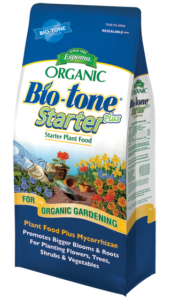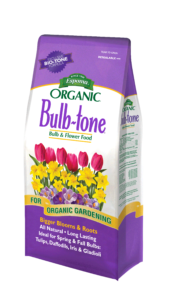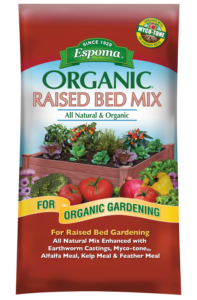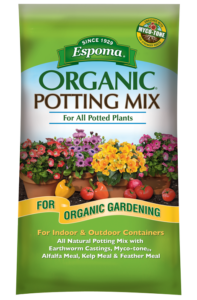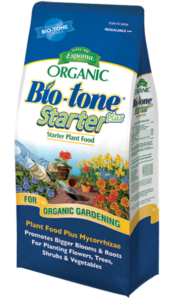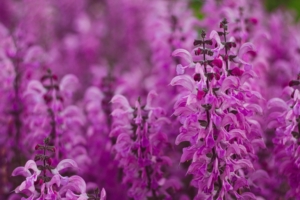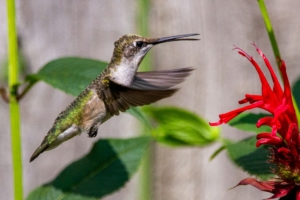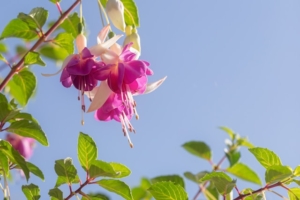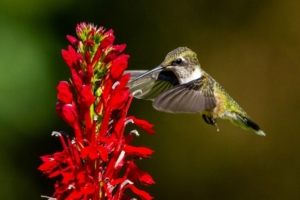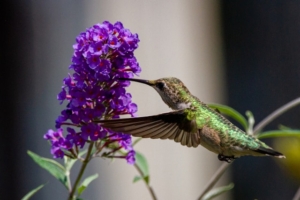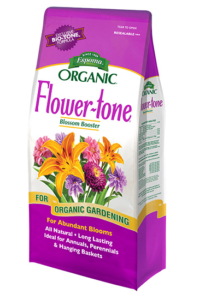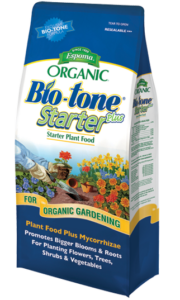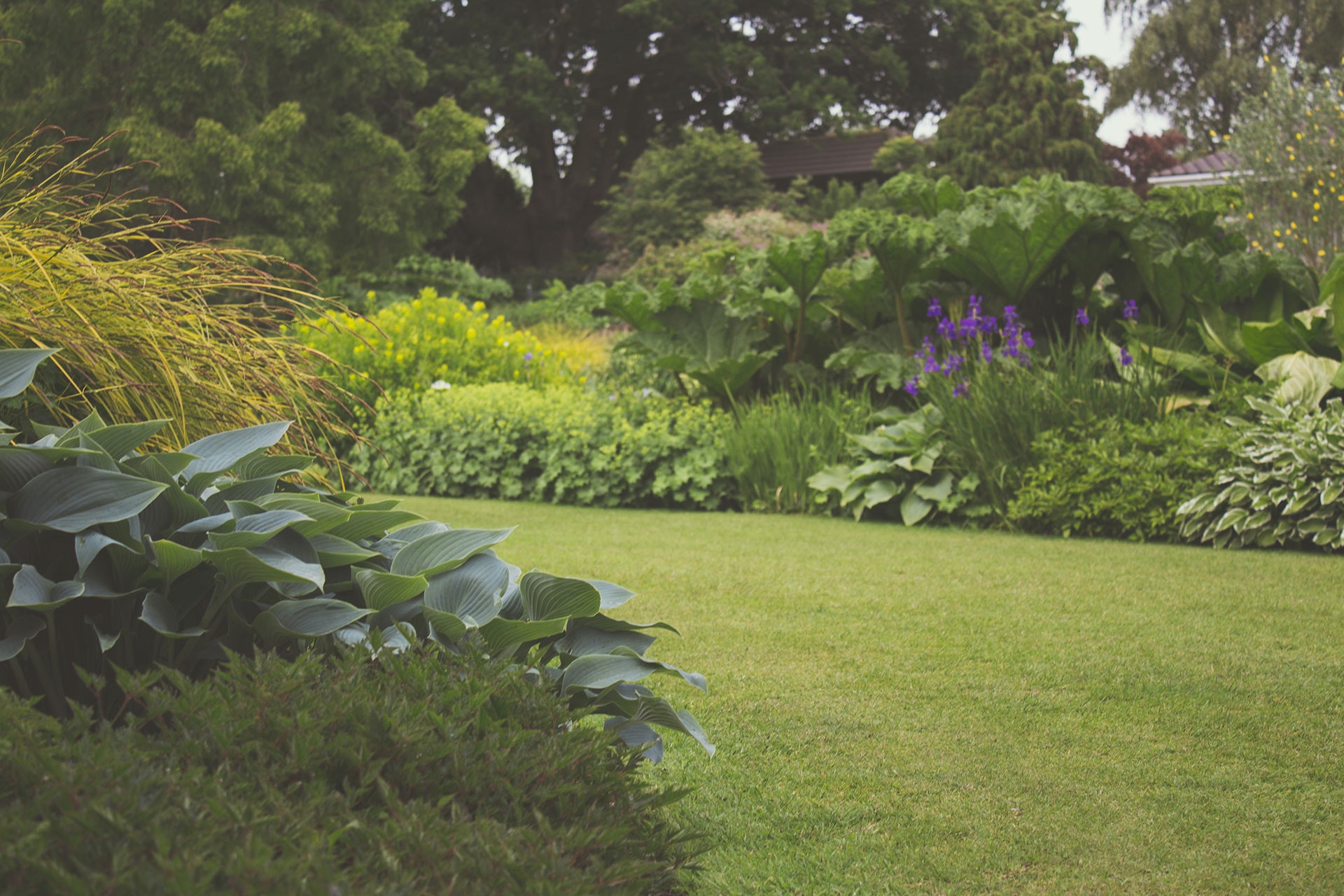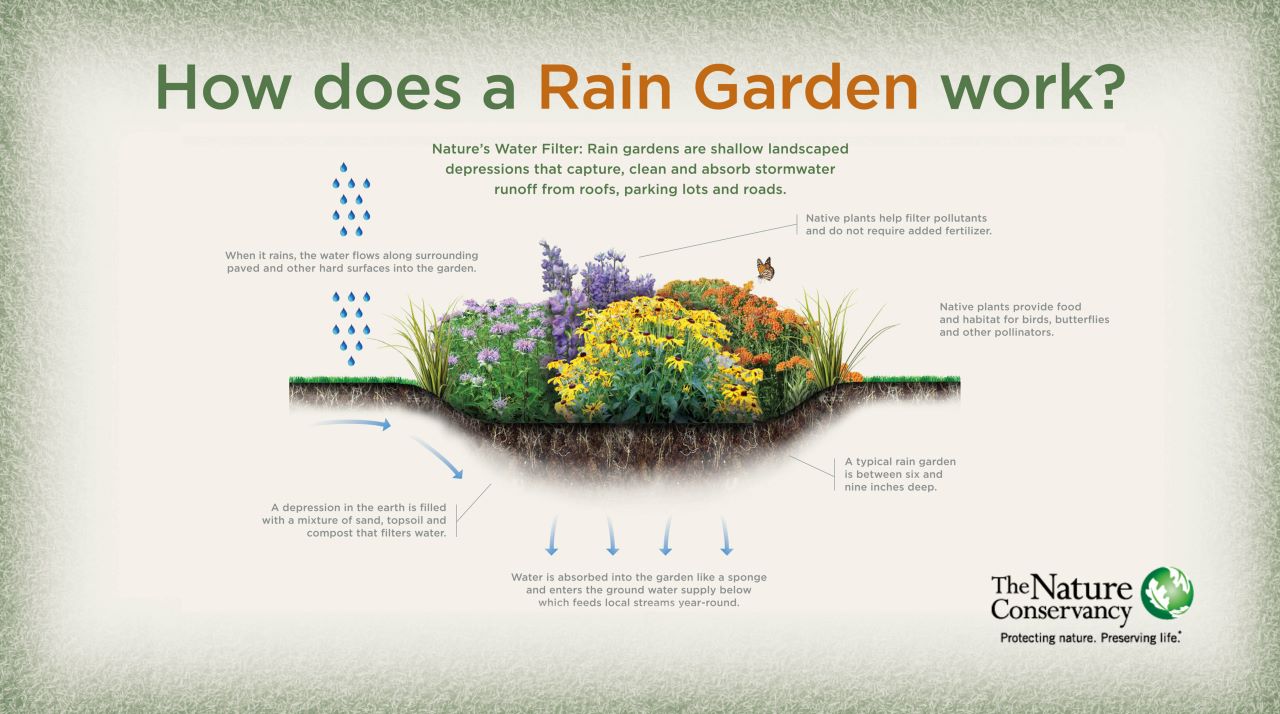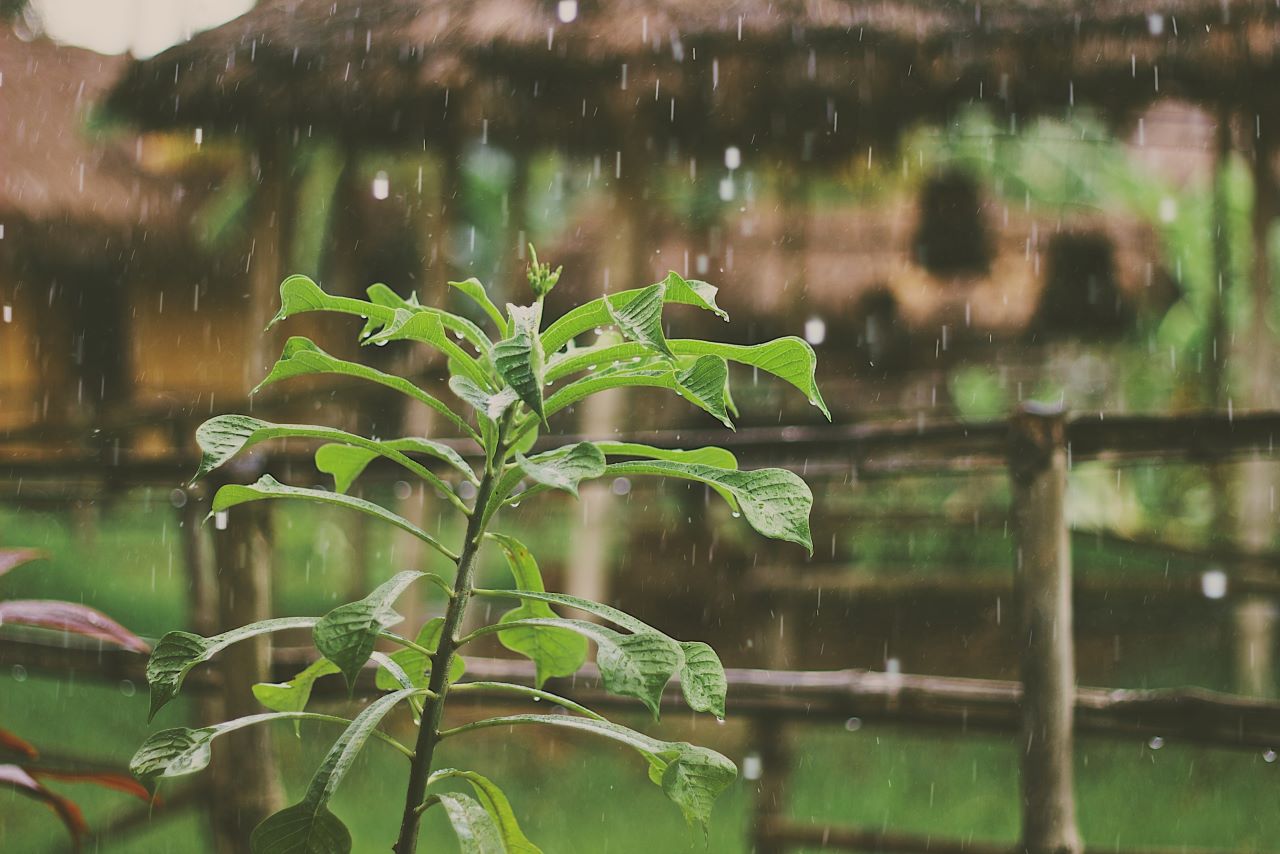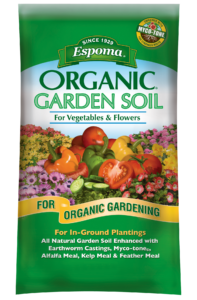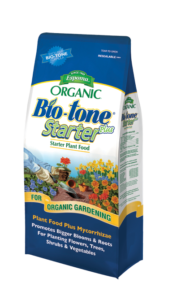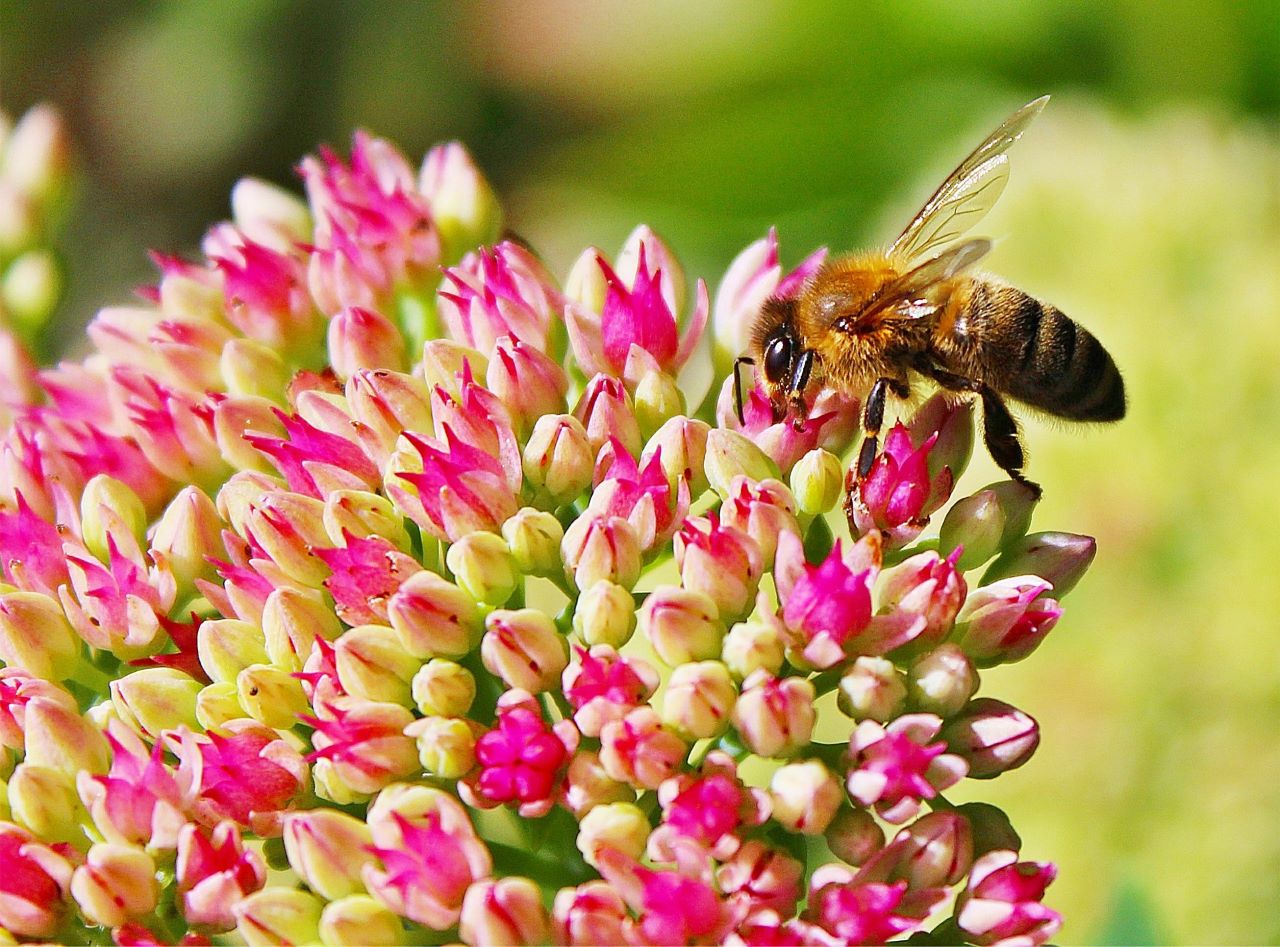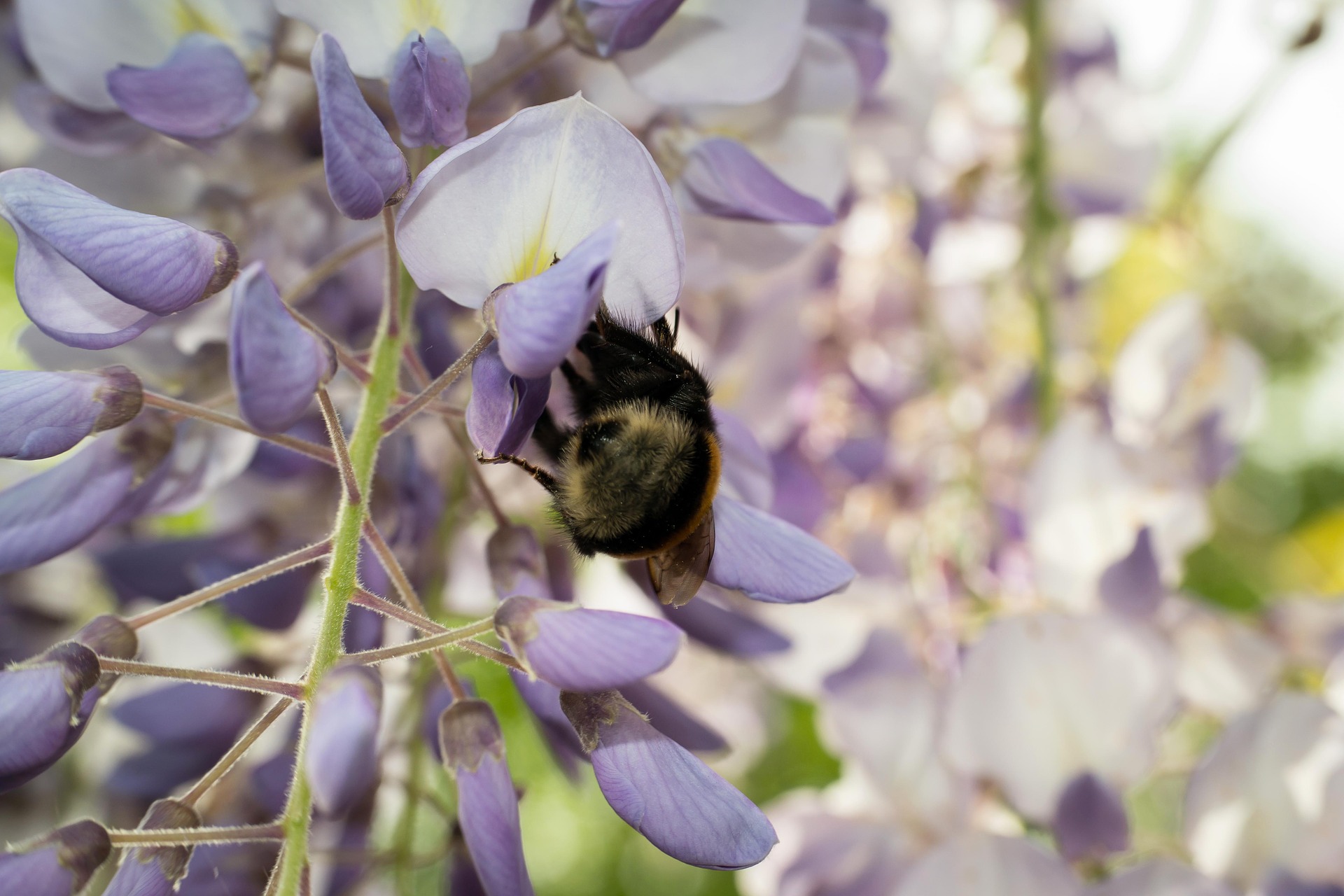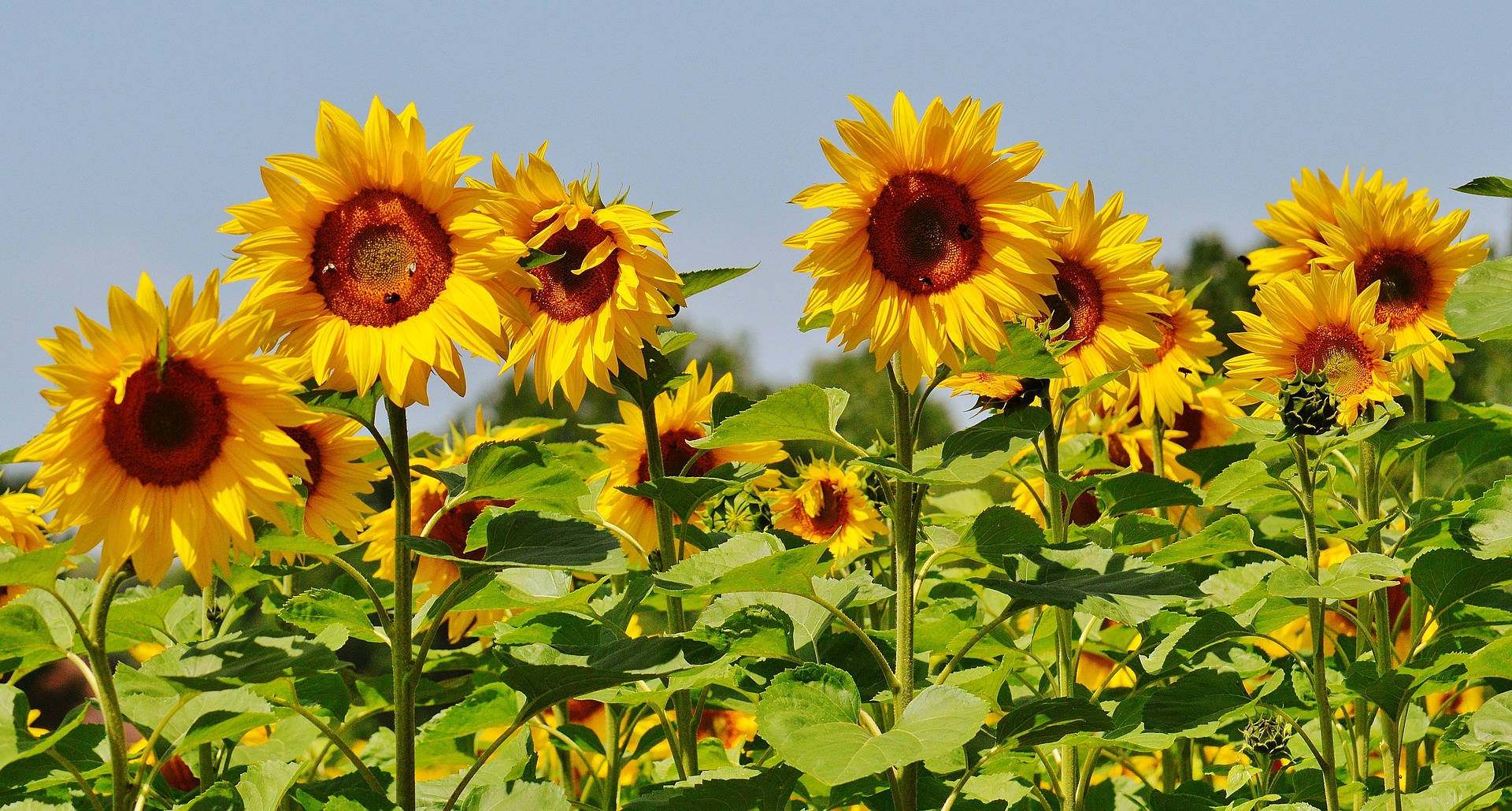VIDEO: Spring Garden Awakening with Summer Rayne Oakes 🌿
Spring is stirring in the Finger Lakes, and Summer Rayne Oakes of Flock Finger Lakes is already deep into her garden chores. In this video, she takes us on an early-season walk through her ever-evolving landscape highlighting emerging bulbs, sharing design plans, and laying the groundwork for a bountiful, sustainable year ahead.
Summer uses organic products for all her gardening projects—including our trusted Tone line of organic fertilizers, premium Potting Mixes, and organic Liquid Fertilizers—to create healthy, thriving spaces across her property. When planting new bulbs like daffodils and tulips, she relies on Espoma Organic Bulb-tone to set them up for success. And whenever she plants something new, Espoma Organic Bio-tone Starter Plus is her go-to to support strong root development from day one.
For all her new garden beds, Summer builds nutrient-rich soil from the ground up with Espoma Organic Raised Bed Mix, Land & Sea Gourmet Compost, and our premium Potting Mix—ensuring each planting area is full of organic matter, supports microbial life, and has optimum moisture-holding capacity.
From rewilding meadows and restoring forest edges to designing pollinator patches and building a 60-foot sustainable chicken coop, Summer’s garden isn’t just beautiful—it’s intentional. Her approach reflects a great mission: to nourish plants, support biodiversity, and build a healthier planet from the soil up. 🌱
Watch the full garden walk to get inspired for your own spring garden reset!
*****
Featured Products:

